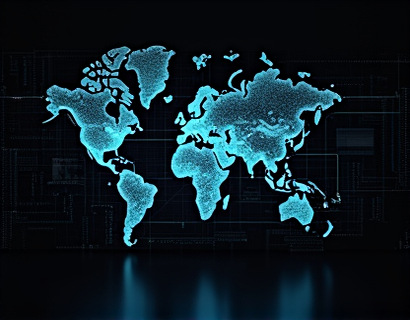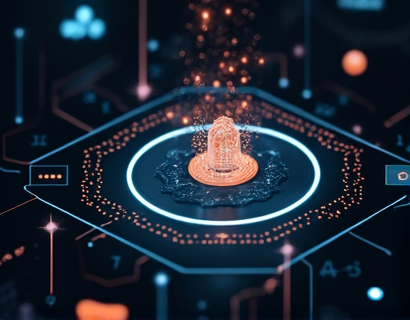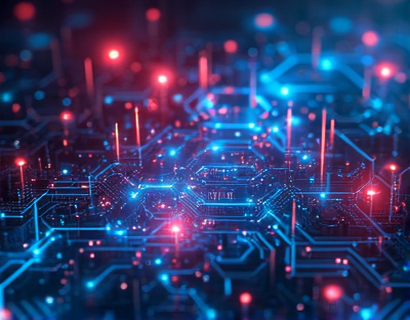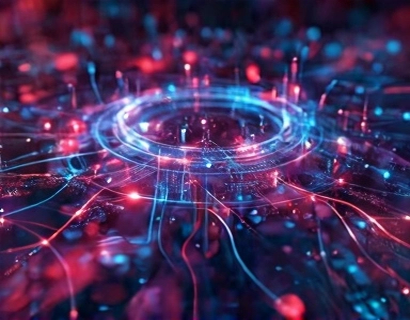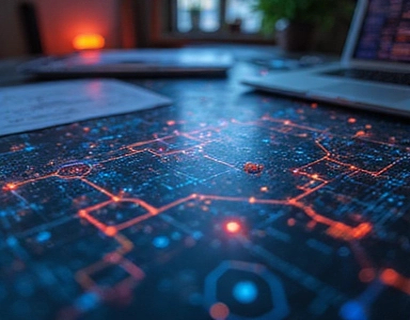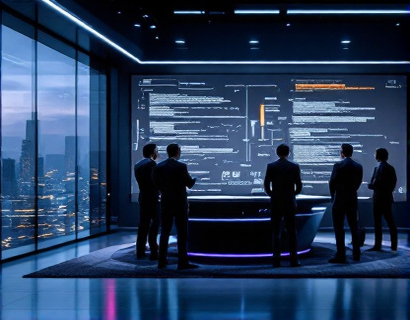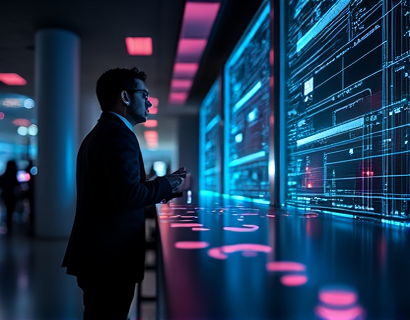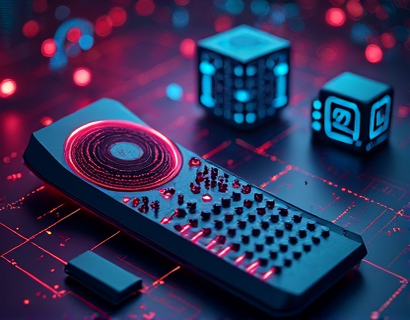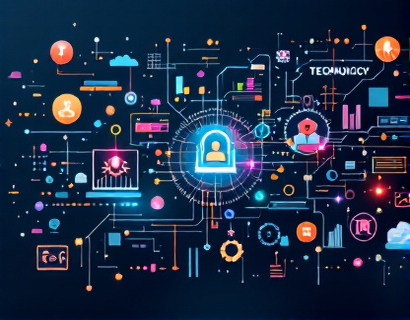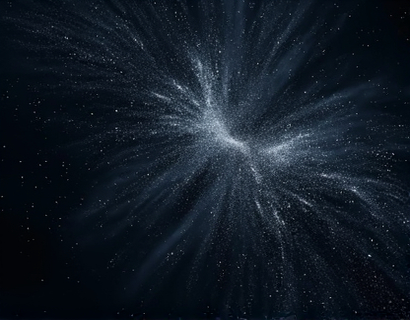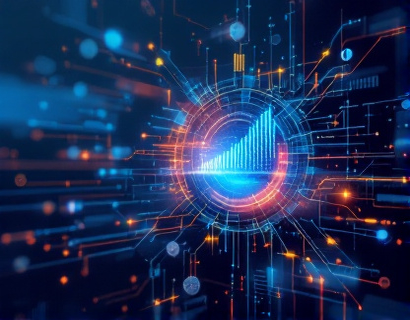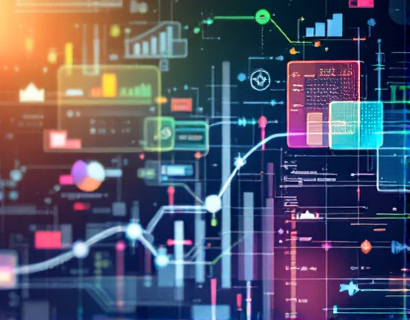Revolutionizing Astronomy Education: The Power of AI-Driven Personalized Learning
The field of astronomy education is undergoing a significant transformation thanks to the integration of artificial intelligence and personalized learning technologies. This innovative approach is making the complex and fascinating world of astronomy more accessible, engaging, and understandable for students and enthusiasts of all levels. By leveraging advanced AI algorithms, educational platforms can now offer tailored insights and interactive resources that adapt to the individual needs and interests of each learner.
Personalized Learning Paths
One of the most compelling aspects of AI-powered astronomy education is its ability to create personalized learning paths for each user. Through sophisticated data analysis and machine learning techniques, these platforms assess a learner's current knowledge, learning pace, and areas of interest. Based on this information, the system curates a customized curriculum that focuses on the most relevant topics and concepts. This ensures that learners are always challenged appropriately and can progress at their own speed, without feeling overwhelmed or under-stimulated.
For instance, a beginner might start with foundational concepts such as the solar system, basic physics, and the history of astronomy. As they demonstrate mastery of these topics, the platform can introduce more advanced subjects like exoplanet discovery, astrophysics, and cosmology. This adaptive learning approach not only enhances understanding but also fosters a deeper and more lasting interest in the subject.
Interactive Exploration Tools
Interactivity is a cornerstone of modern astronomy education, and AI-driven platforms excel in providing immersive and interactive learning experiences. Virtual reality (VR) and augmented reality (AR) technologies, powered by AI, allow students to explore the cosmos in a way that was previously impossible. Users can embark on virtual tours of the solar system, walk on the surface of Mars, or even witness the birth of stars in distant galaxies. These experiences are not only captivating but also highly educational, as they provide visual and spatial understanding of complex astronomical phenomena.
Additionally, interactive simulations and models enable learners to manipulate variables and observe the resulting changes in celestial bodies and systems. For example, students can adjust the mass and distance of two stars to see how their gravitational interaction affects the stability of their orbits. Such hands-on activities reinforce theoretical knowledge and help develop critical thinking and problem-solving skills.
Expert Insights and Community Engagement
AI-powered platforms also bridge the gap between learners and experts in the field. By integrating expert insights and Q&A sessions, these platforms offer valuable opportunities for learners to gain deeper understanding and address specific questions. Renowned astronomers and educators can contribute articles, videos, and live sessions, providing authoritative and up-to-date information on the latest research and discoveries.
Moreover, these platforms foster a sense of community among astronomy enthusiasts. Users can join forums, participate in discussions, and collaborate on projects with peers from around the world. This community aspect not only enhances the learning experience but also inspires a shared passion for astronomy. Learners can share their findings, seek feedback, and support one another in their educational journeys.
Real-World Applications and Research Opportunities
The integration of AI in astronomy education extends beyond theoretical knowledge to practical applications and research opportunities. Students can engage in citizen science projects, contributing to real-world astronomical research. Platforms can provide tools for data analysis, image processing, and pattern recognition, allowing learners to participate in cutting-edge research alongside professional scientists.
For example, learners can analyze data from telescopes and space missions, helping to identify new celestial objects or phenomena. This hands-on experience not only enhances their technical skills but also gives them a sense of contributing to the broader scientific community. Such opportunities can be particularly motivating for students considering careers in STEM fields.
Enhancing Accessibility and Inclusivity
One of the most significant benefits of AI-powered personalized learning in astronomy is its ability to make the subject more accessible and inclusive. Traditional astronomy education often requires expensive equipment and resources, which can be a barrier for many students. AI-driven platforms democratize access to high-quality educational content by providing free or low-cost resources that can be accessed from anywhere in the world.
Furthermore, these platforms can accommodate learners with different learning styles and abilities. Visual, auditory, and kinesthetic learners can all benefit from a variety of interactive and multimedia resources. For instance, audio descriptions and sign language interpretations can make content more accessible to learners with visual or hearing impairments. This inclusivity ensures that more people have the opportunity to explore and appreciate the wonders of the universe.
Continuous Learning and Skill Development
The dynamic nature of AI-powered learning platforms supports continuous learning and skill development. As new discoveries are made and our understanding of the universe evolves, these platforms can quickly update their content to reflect the latest findings. This ensures that learners always have access to the most current and accurate information.
Additionally, the data collected from user interactions can be used to refine and improve the learning experience over time. Machine learning algorithms can identify common areas of confusion or difficulty and adapt the curriculum to address these challenges more effectively. This continuous improvement cycle helps maintain the relevance and effectiveness of the educational resources.
Challenges and Future Directions
Despite the numerous advantages, the integration of AI in astronomy education is not without challenges. One key issue is the need for high-quality, accurate, and up-to-date data to train AI models. Collaboration between educational institutions, research organizations, and technology companies is essential to ensure that the data used is reliable and comprehensive.
Another challenge is the digital divide, where not all learners have equal access to the necessary technology and internet connectivity. Efforts to bridge this gap, such as providing low-cost devices and improving internet infrastructure in underserved areas, are crucial for the widespread adoption of AI-powered education.
Looking ahead, the future of AI in astronomy education holds immense potential. Advancements in AI technologies, such as natural language processing and emotional intelligence, can further enhance the learning experience. For example, AI-powered tutors could provide personalized feedback and emotional support, making the learning process more engaging and effective.
Moreover, the integration of AI with other emerging technologies like blockchain and the Internet of Things (IoT) can create even more innovative educational tools. Blockchain can ensure the integrity and ownership of learner data, while IoT devices can provide real-time data from telescopes and other astronomical instruments, enriching the learning experience.
Conclusion
The convergence of AI and astronomy education is revolutionizing the way we learn about the universe. By offering personalized learning paths, interactive exploration tools, expert insights, and a supportive community, these platforms are making astronomy more accessible, engaging, and impactful. As technology continues to advance, the potential for AI to transform education in this field is vast, promising a future where anyone can explore the cosmos with unparalleled depth and clarity.





